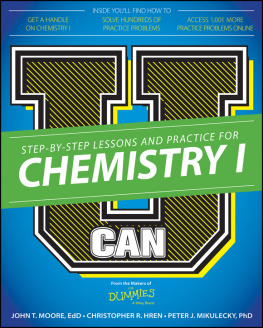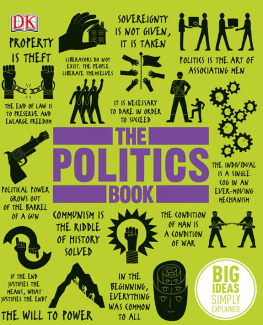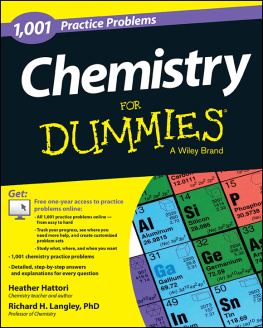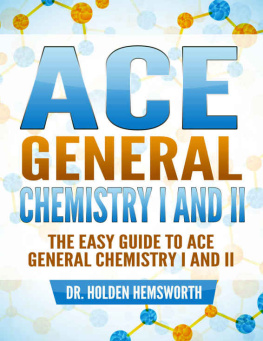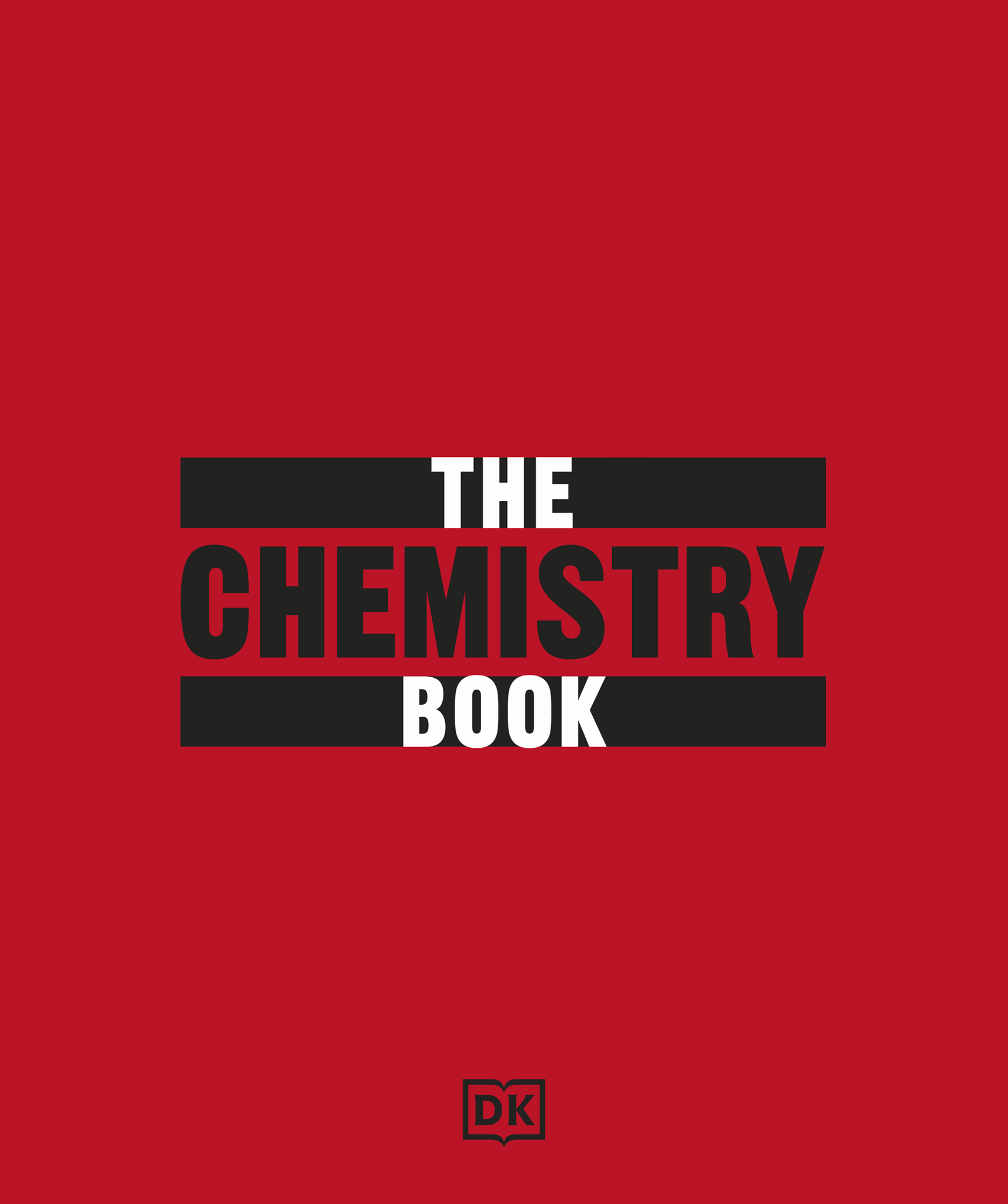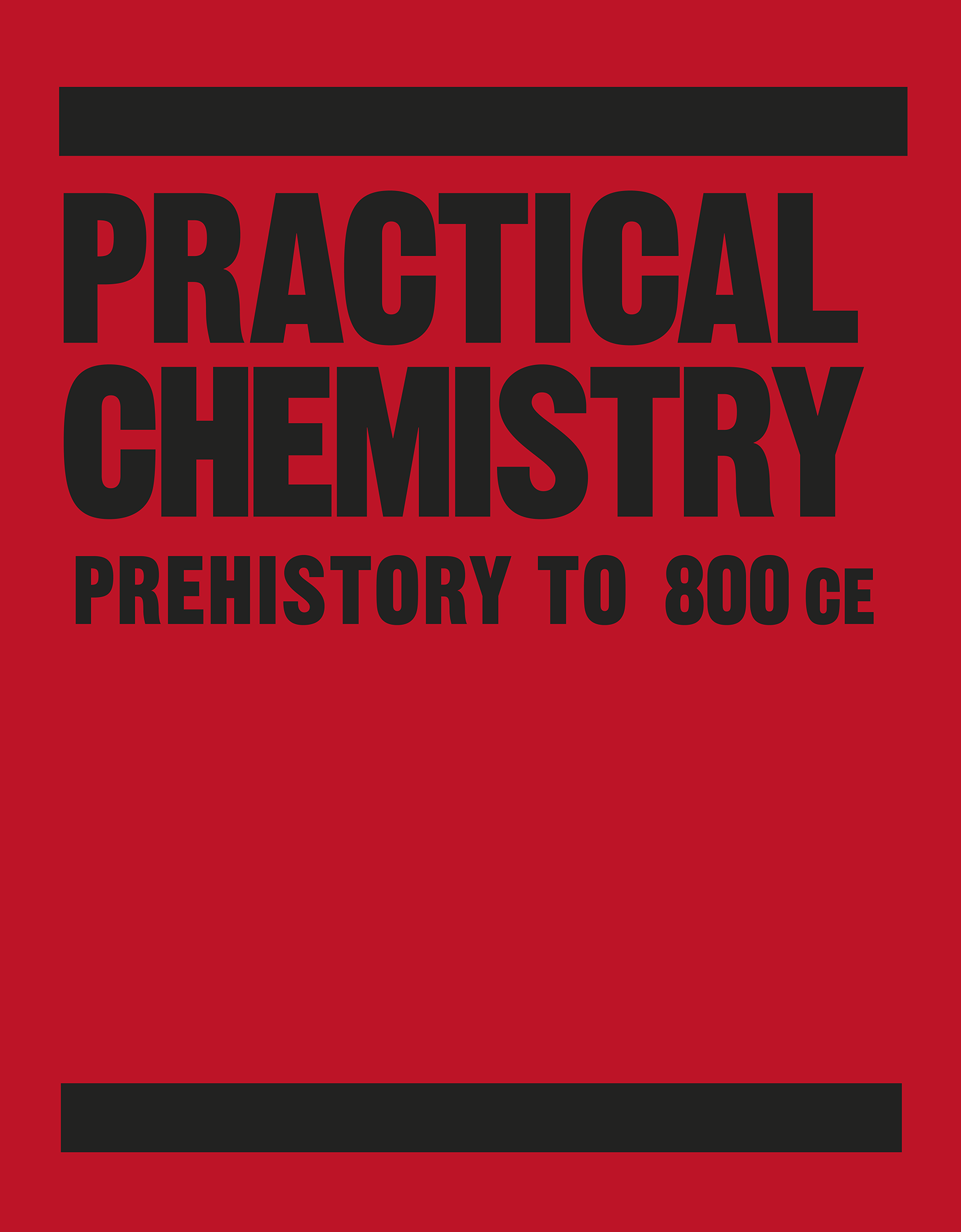Dorling Kindersley - The Chemistry Book
Here you can read online Dorling Kindersley - The Chemistry Book full text of the book (entire story) in english for free. Download pdf and epub, get meaning, cover and reviews about this ebook. year: 2022, publisher: DK Publishing, genre: Religion. Description of the work, (preface) as well as reviews are available. Best literature library LitArk.com created for fans of good reading and offers a wide selection of genres:
Romance novel
Science fiction
Adventure
Detective
Science
History
Home and family
Prose
Art
Politics
Computer
Non-fiction
Religion
Business
Children
Humor
Choose a favorite category and find really read worthwhile books. Enjoy immersion in the world of imagination, feel the emotions of the characters or learn something new for yourself, make an fascinating discovery.
- Book:The Chemistry Book
- Author:
- Publisher:DK Publishing
- Genre:
- Year:2022
- Rating:5 / 5
- Favourites:Add to favourites
- Your mark:
The Chemistry Book: summary, description and annotation
We offer to read an annotation, description, summary or preface (depends on what the author of the book "The Chemistry Book" wrote himself). If you haven't found the necessary information about the book — write in the comments, we will try to find it.
Learn about elements, molecules and compounds in The Chemistry Book.
Part of the fascinating Big Ideas series, this book tackles tricky topics and themes in a simple and easy to follow format. Learn about Chemistry in this overview guide to the subject, great for beginners looking to learn and experts wishing to refresh their knowledge alike! The Chemistry Book brings a fresh and vibrant take on the topic through eye-catching graphics and diagrams to immerse yourself in.
This captivating book will broaden your understanding of Chemistry, with:
- More than 95 of the most important discoveries and theories in the history of chemistry
- Packed with facts, charts, timelines and graphs to help explain core concepts
- A visual approach to big subjects with striking illustrations and graphics throughout
- Easy to follow text makes topics accessible for people at any level of understanding
The Chemistry Book is the perfect introduction to the science, aimed at adults with an interest in the subject and students wanting to gain more of an overview. Here youll discover more than 95 of the most important theories and discoveries in the history of chemistry and the great minds behind them. If youve ever wondered about the key ideas that underpin the core science of chemistry and the pioneers who uncovered them, this is the perfect book for you.
Your Chemistry Questions, Simply Explained
What is the universe made of? How is matter created? What are the chemical bonds that make life possible? If you thought it was difficult to learn the many laws and concepts of this science, The Chemistry Book presents key information in a clear layout. Learn about the birth of atomic theory, the discovery of polyethylene and the development of new vaccine technologies to combat COVID-19, with fantastic mind maps and step-by-step summaries. And dive into the work of the scientists who have shaped the subject, like John Dalton, Marie Curie, Dmitri Mendeleev, Kathleen Lonsdale, and Stephanie Kwolek.
The Big Ideas Series
With millions of copies sold worldwide, The Chemistry Book is part of the award-winning Big Ideas series from DK. The series uses striking graphics along with engaging writing, making big topics easy to understand.
Dorling Kindersley: author's other books
Who wrote The Chemistry Book? Find out the surname, the name of the author of the book and a list of all author's works by series.

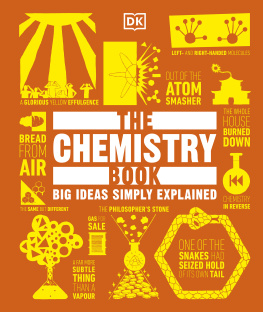
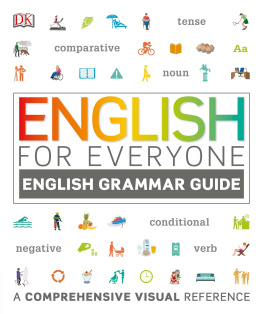
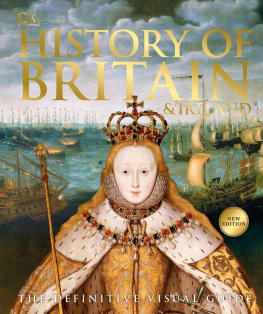
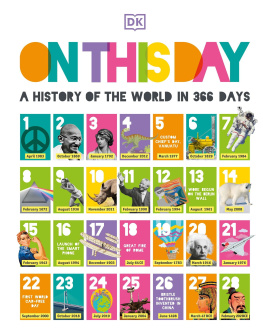
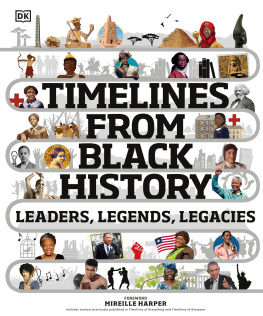

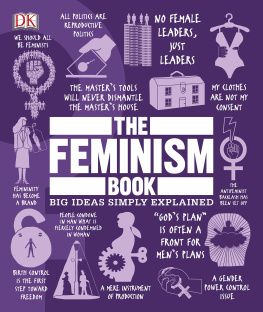
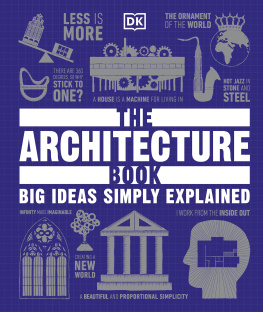
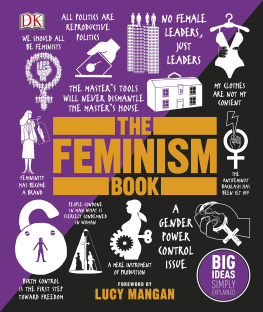
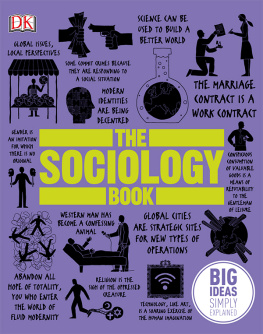
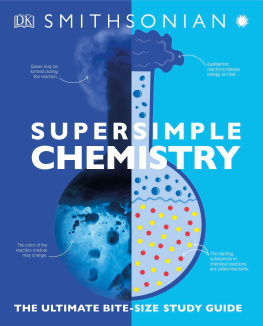

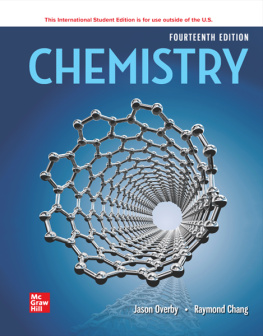
![Moore - Chemistry II for dummies [learn to: grasp difficult chemistry concepts ; supplement classroom learning with confidence ; tackle problems you may face in your Chem II course]](/uploads/posts/book/221508/thumbs/moore-chemistry-ii-for-dummies-learn-to-grasp.jpg)
